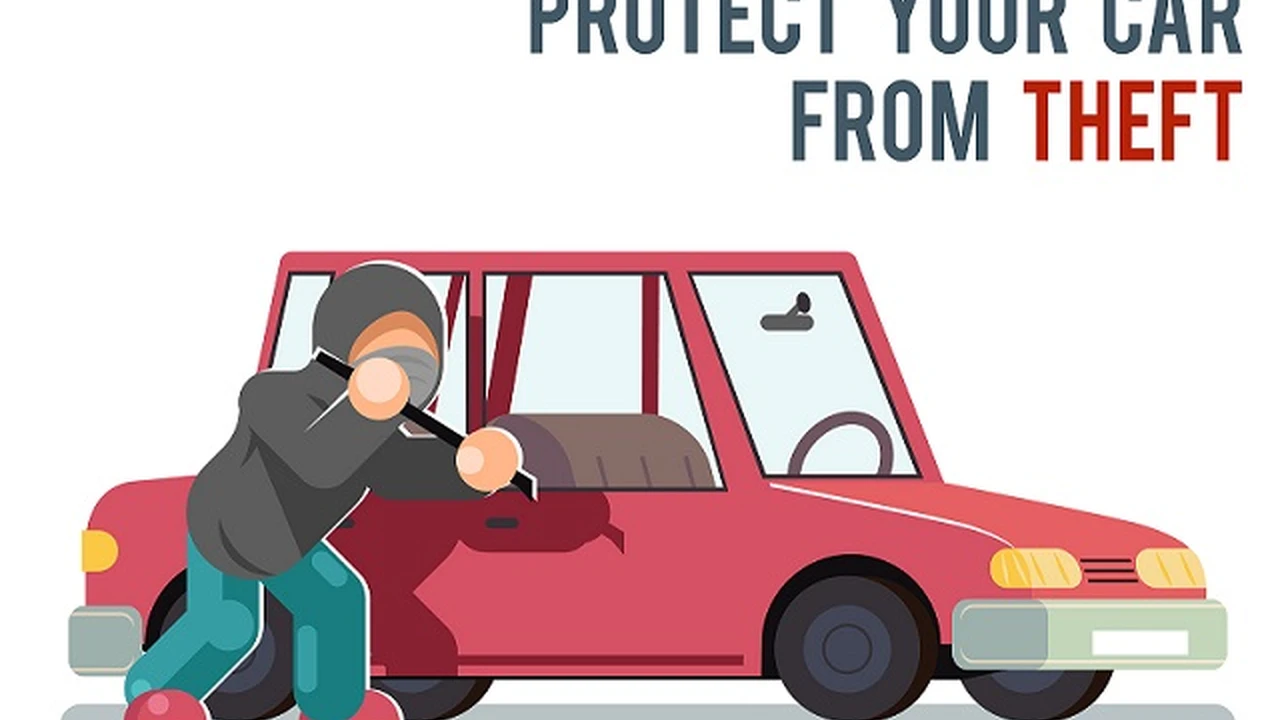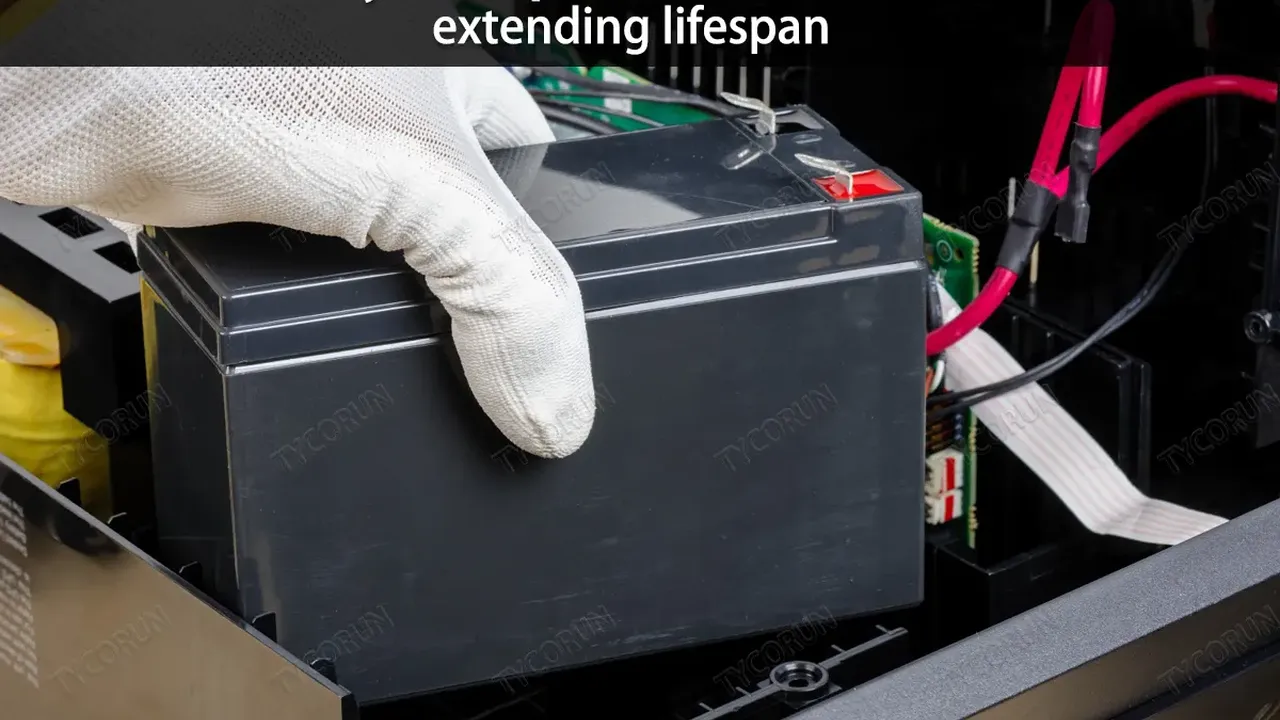Emergency Kit Checklist: Ensuring You Have Everything You Need

Introduction to Essential Emergency Kits and Their Importance
Okay, so you're thinking about putting together an emergency kit? Smart move! You never know when things might go sideways – power outages, natural disasters, zombies (just kidding… mostly!). An emergency kit is basically your survival backpack, filled with stuff to help you get through unexpected situations. Think of it as your safety net. This checklist is your guide to making sure you've got all the essentials covered.
Water and Hydration Solutions for Emergency Situations
First things first: water. You need it. A good rule of thumb is to have at least one gallon of water per person per day for drinking and sanitation. That can add up quickly, so think about water storage containers.
Recommended Product: Reliance Products Aqua-Tainer - sturdy, stackable, and easy to carry. You can find a 7-gallon container for around $20-$30 on Amazon.
But what if your water supply runs out? Consider water purification tablets or a portable water filter.
Recommended Product: Sawyer Products MINI Water Filtration System. This little gadget can filter up to 100,000 gallons of water! It's about $20-$25 and super lightweight.
Comparison: Tablets are cheaper and lighter, but they take about 30 minutes to work and can leave a slightly chemical taste. Filters are faster and don't affect the taste, but they're more expensive upfront.
Don't forget about hydration beyond water. Electrolyte tablets or drink mixes can help replenish lost fluids, especially if you're dealing with heat or physical exertion.
Food and Nutrition for Sustaining Energy During Emergencies
Next up: food. You want non-perishable items that are easy to store and prepare. Think canned goods (with a manual can opener!), energy bars, dried fruit, nuts, and peanut butter.
Recommended Product: Mountain House freeze-dried meals. These are lightweight, have a long shelf life (like 30 years!), and just require hot water. A single pouch costs around $10-$15 and feeds one person.
Recommended Product: Clif Bars. These are great for a quick energy boost and come in tons of flavors. A box of 12 usually runs around $15-$20.
Comparison: Canned goods are cheap and readily available, but they're heavy. Freeze-dried meals are lightweight and nutritious, but more expensive. Energy bars are convenient, but not a complete meal.
Aim for a variety of foods to keep things interesting and ensure you're getting a range of nutrients. Consider your dietary needs and preferences when choosing your emergency food supply.
First Aid Kit Essentials for Treating Injuries and Illnesses
A well-stocked first aid kit is non-negotiable. Include bandages of various sizes, antiseptic wipes, pain relievers (like ibuprofen and acetaminophen), antibiotic ointment, gauze pads, medical tape, scissors, tweezers, and any personal medications you need.
Recommended Product: Johnson & Johnson All-Purpose First Aid Kit. This kit contains a good assortment of basic supplies and costs around $15-$20.
Recommended Product: Adventure Medical Kits Ultralight Watertight .7 Medical Kit. For more serious situations, this kit includes more advanced supplies like splints and wound closure strips. It costs around $30-$40.
Comparison: Pre-made kits are convenient, but you can also build your own to customize it to your specific needs. Make sure you know how to use everything in your kit!
Lighting and Communication Tools for Staying Informed and Safe
Power outages are common during emergencies, so you'll need a reliable light source. A flashlight with extra batteries is a must. Consider a hand-crank or solar-powered flashlight for emergencies that last longer. A battery-powered or hand-crank radio is also essential for staying informed about what's happening.
Recommended Product: Anker Bolder LC40 Flashlight. This flashlight is bright, durable, and affordable (around $15-$20).
Recommended Product: Midland ER310 Emergency Crank Weather Radio. This radio has a hand crank, solar panel, and USB charging port. It also includes an SOS siren and flashlight. It costs around $50-$60.
Comparison: Battery-powered flashlights are convenient, but you need to keep extra batteries on hand. Hand-crank and solar-powered options are more reliable in long-term emergencies.
Shelter and Warmth: Blankets, Tarps, and Protective Gear
Protecting yourself from the elements is crucial. Include a lightweight emergency blanket (like a Mylar blanket) to retain body heat. A tarp can be used for shelter from rain or sun. Also, consider packing extra clothing, especially socks, hats, and gloves.
Recommended Product: Swiss Safe Emergency Mylar Thermal Blankets (Pack of 4). These blankets are inexpensive (around $10-$15 for a pack of 4) and can be life-savers in cold weather.
Recommended Product: Aqua Quest Defender Tarp. This tarp is waterproof, lightweight, and durable. A 10x10 foot tarp costs around $40-$50.
Having the right shelter and warmth can significantly improve your chances of survival in adverse conditions.
Tools and Utensils for Basic Tasks and Repair
A multi-tool is your best friend in an emergency. It can handle a variety of tasks, from cutting rope to opening cans. A small knife, duct tape, and a whistle are also useful additions.
Recommended Product: Leatherman Wave Plus Multi-Tool. This is a high-quality multi-tool with a wide range of functions. It costs around $100-$120.
Recommended Product: Gerber Paraframe Mini Knife. This is a lightweight and affordable folding knife (around $15-$20).
Having the right tools can make a big difference when you need to fix something, prepare food, or signal for help.
Personal Hygiene and Sanitation Items for Maintaining Health
Maintaining hygiene is important, even in an emergency. Pack hand sanitizer, wet wipes, toilet paper, soap, and feminine hygiene products if needed. Consider a portable toilet or sanitation bags if you don't have access to a toilet.
Recommended Product: Coleman 2000020276 Portable Toilet. This toilet is easy to set up and use, and it costs around $50-$60.
Recommended Product: Dude Wipes Flushable Wipes. These wipes are convenient and hygienic for cleaning up. A pack of 48 costs around $10-$12.
Prioritizing hygiene can help prevent the spread of disease and keep you feeling more comfortable.
Important Documents and Identification for Verification
Keep copies of important documents like your driver's license, passport, insurance cards, and birth certificate in a waterproof bag. Also, include a list of emergency contacts and any medical information you need.
Recommended Product: Waterproof Document Bag. These bags are inexpensive (around $10-$15) and can protect your documents from water damage.
Having these documents readily available can be helpful in various emergency situations.
Cash and Financial Resources for Unexpected Expenses
In a power outage, ATMs may not work, so keep some cash on hand. Small bills are best. Also, consider including a prepaid debit card or traveler's checks.
Recommendation: Keep at least $100-$200 in small bills in your emergency kit.
Having cash can be essential for buying supplies or paying for services if electronic payment systems are down.
Medications and Prescriptions for Managing Health Conditions
If you take prescription medications, make sure you have a supply in your emergency kit. Also, include any over-the-counter medications you use regularly, like allergy medicine or antacids.
Recommendation: Talk to your doctor about getting an extra supply of your prescription medications for your emergency kit.
Managing your health conditions is crucial during an emergency.
Pet Supplies for Animal Companions
Don't forget about your furry friends! Include food, water, a leash, a carrier, and any medications your pet needs. Also, consider including a pet first aid kit.
Recommended Product: Pet Emergency Kit. These kits typically include bandages, antiseptic wipes, and other supplies for treating minor injuries. They cost around $20-$30.
Your pets are part of your family, so make sure they're taken care of during an emergency.
Baby Supplies for Infants and Toddlers
If you have babies or toddlers, include diapers, formula, baby food, wipes, and any other essentials they need. Also, consider including comfort items like a favorite toy or blanket.
Recommendation: Keep a 3-day supply of diapers, formula, and baby food in your emergency kit.
Babies and toddlers have unique needs, so make sure you're prepared to meet them during an emergency.
Entertainment and Comfort Items for Mental Well-being
Emergencies can be stressful, so include items to help you relax and pass the time. Books, games, puzzles, and playing cards can all be helpful.
Recommendation: Choose entertainment items that don't require electricity.
Taking care of your mental well-being is important during an emergency.
Emergency Contact Information and Communication Plan
Create a list of emergency contacts and share it with your family and friends. Also, develop a communication plan in case you're separated during an emergency.
Recommendation: Designate a meeting place where your family can gather if you're separated.
Having a communication plan can help you stay connected with your loved ones during an emergency.
Seasonal Considerations for Tailoring Your Kit
Adjust your emergency kit based on the season. In the winter, include extra blankets, warm clothing, and a snow shovel. In the summer, include sunscreen, insect repellent, and a hat.
Recommendation: Review your emergency kit seasonally to make sure it's appropriate for the current weather conditions.
Being prepared for the specific challenges of each season can help you stay safe and comfortable.
Storage and Maintenance of Your Emergency Kit
Store your emergency kit in a cool, dry place that's easily accessible. Check the expiration dates of food and medications regularly and replace them as needed.
Recommendation: Check your emergency kit at least twice a year.
Proper storage and maintenance will ensure that your emergency kit is ready when you need it.
Practicing Emergency Drills and Preparedness Scenarios
Don't just put together an emergency kit and forget about it. Practice emergency drills with your family so everyone knows what to do in different situations.
Recommendation: Conduct a fire drill and a severe weather drill at least once a year.
Practicing emergency drills can help you react quickly and effectively during a real emergency.
:max_bytes(150000):strip_icc()/277019-baked-pork-chops-with-cream-of-mushroom-soup-DDMFS-beauty-4x3-BG-7505-5762b731cf30447d9cbbbbbf387beafa.jpg)






